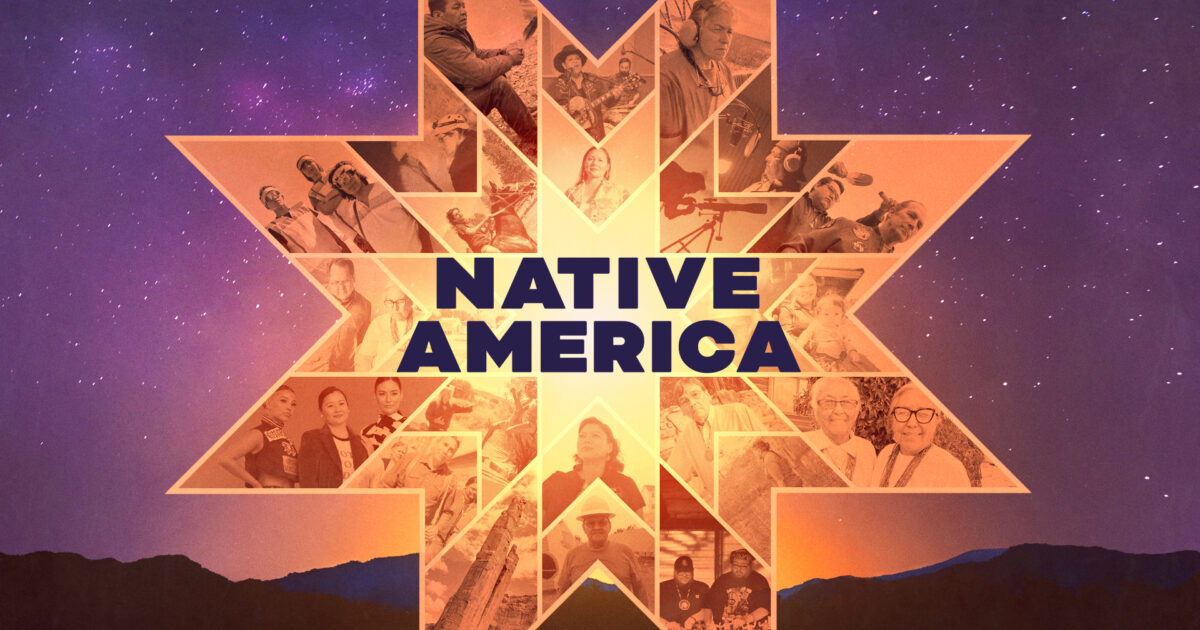
The Iroquois Confederacy originally consisted of five separate nations – the Mohawks, who call themselves Kanienkehaka, or "people of the flint country,” the Onondaga, “people of the hills,” the Cayuga, “where they land the boats,” the Oneida, “people of the standing stone,” and the Seneca, “the people of the big hill” living in the northeast region of North America. The Tuscarora nation, “people of the shirt,” migrated into Iroquois country in 1722.
“The Great Peacemaker(4) brought peace to the five nations,” explains Oren Lyons in a 1991 interview with Bill Moyers. Lyons is the faithkeeper of the Turtle Clan of the Seneca Nations, and a member of both the Onondaga and Seneca nations of the Iroquois Confederacy.
At that time, the nations of the Iroquois had been enmeshed in continuous inter-tribal conflicts. The cost of war was high and had weakened their societies. The Great Peacemaker and the wise Hiawatha, chief of the Onondaga tribe, contemplated how best to bring peace between the nations. They traveled to each of the five nations to share their ideas for peace.
A council meeting was called, and Hiawatha presented the Great Law of Peace. It united the five nations into a League of Nations, or the Iroquois Confederacy, and became the basis for the Iroquois Confederacy Constitution(5).
“Each nation maintained its own leadership, but they all agreed that common causes would be decided in the Grand Council of Chiefs,” Lyons said(6). “The concept was based on peace and consensus rather than fighting."
ncG1vNJzZmivp6x7sa7SZ6arn1%2BjrrW11Z5kmqWVp7akrY6bo6ifX528uHnToZxmoaKkvra7yKxkoKqVlsFuuMCwZKieXaWyoq%2FEZqqhmaCasW7B0mabnqWfmL%2Bir9g%3D